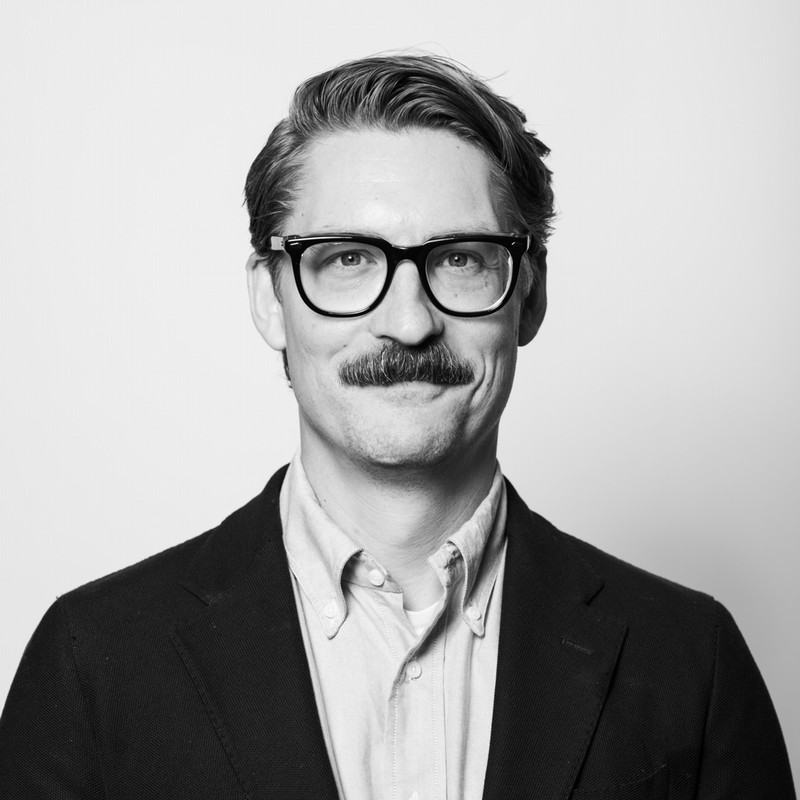Joseph Watson

Assistant Professor of Architecture
O'More College of Architecture & Design
Ph.D., University of Pennsylvania; M.A., Union Theological Seminary; B.Arch., University of Tennessee
Location: Gabhart 203
615-460-5993joseph.watson@belmont.edu
Biography
Dr. Joseph M. Watson is an architectural and urban historian. In teaching, he challenges students to see architecture as a tool for reshaping social, cultural, and environmental fabrics, locally and globally, historically and today. His scholarship examines the social and environmental dimensions of architecture in the twentieth-century United States. Dr. Watson’s work has appeared in publications such as the Avery Review, Journal of Architectural Education, and Journal of Urban History. His research has been supported by grants and fellowships from the Briscoe Center for American History at the University of Texas at Austin, Crystal Bridges Museum of American Art, Harvard University Graduate School of Design, and University of Pennsylvania’s Mellon Foundation Humanities, Urbanism and Design Project.
Dr. Watson received a Ph.D. in the History and Theory of Architecture from the University of Pennsylvania, an M.A. in Social Ethics from Union Theological Seminary in the City of New York, and a B.Arch from the University of Tennessee, Knoxville. He has worked as an architect in Knoxville and New York. Prior to joining Belmont, Joseph taught at Kansas State University, Louisiana State University, the Rhode Island School of Design, the University of British Columbia, and the University of Pennsylvania.
“There is so much that is new and changing rapidly at O’More. I am delighted to now be part of the team that gets to shape all that newness and change into a robust, innovative, transformative approach to architectural and design education. On top of that are all the opportunities and challenges that Nashville holds in store for aspiring architects. The city’s rich and complicated history and its rapidly evolving and equally complicated present make it, in my mind, the ideal place to teach and study architectural history.”
